
All categories
Featured selections
Trade Assurance
Buyer Central
Help Center
Get the app
Become a supplier

(2827 products available)
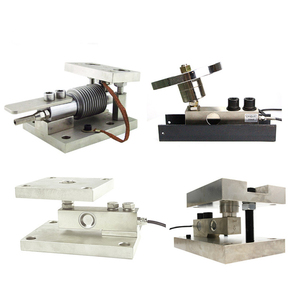



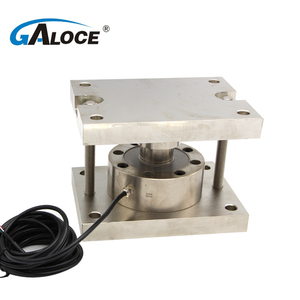



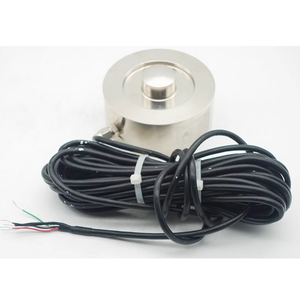

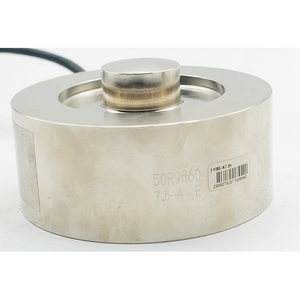
























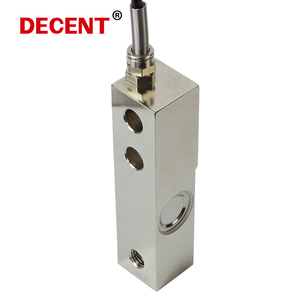



Tank weighing refers to measuring the weight of materials or liquids contained in a tank by using a scale that is often installed on the tank or beneath it. Tank weighing systems are commonly used in industries such as food and beverage, chemical, mining, agriculture, and logistics. Various types of tank weighing systems are available based on different applications and needs.
Tank weighing systems are made to provide precise measurements so that industries can keep track of stock, manage inventories, and ensure recipe accuracy safely and reliably. When selecting a tank weighing system for a particular use, it is important to consider factors such as capacity requirements, tank design, environmental conditions, and integration needs.
Capacity
The capacity of a tank weighing scale refers to the maximum weight it can handle. It varies across different scales to cater to distinct requirements. For instance, industrial-grade tank scales boast higher capacities, extending into thousands of kilograms, to accommodate hefty tanks filled with bulk materials. Conversely, smaller-scale tank scales intended for kitchen or laboratory use might have capacities limited to a few hundred kilograms or less.
Accuracy
Accuracy indicates how exact the measurements provided by the tank weighing scale are. It is usually denoted by a specific number or percentage. For example, an industrial tank weighing scale might exhibit an accuracy of +/-0.5 kg, implying that its measurements can deviate by half a kilogram more or less from the genuine weight. This particular scale offers sufficient precision for various industrial applications. In some critical sectors like pharmaceuticals or food production, the scales may display even higher accuracy levels, for example, +/-0.1 kg, to ensure the utmost precision in weight measurement.
Dimension
The dimensions of a tank weighing scale can have a significant influence on its utility across different industries. Larger tanks demanding industrial-scale tank weights may have platforms extending two meters or more, along with greater widths to accommodate bulk tanks. On the other hand, smaller tank scale sizes are typically designed to suit standard-sized containers or to be integrated into production lines.
Connectivity
Modern tank weighing scales are equipped with connectivity choices enabling data transmission and integration with other systems. Tanks with connectivity capabilities, such as Ethernet, Wi-Fi, or Bluetooth, allow them to interface with supervisory control and data acquisition (SCADA) systems, enterprise resource planning (ERP), and other management software. This feature simplifies automated data capture, and remote access to the scale is convenient, resulting in improved data analysis and reporting capabilities.
Regular cleaning:
Cleaning the tank scales regularly is an important maintenance step that shouldn't be overlooked. Cleaning should always be done with a neutral detergent and warm water. When cleaning the scales, avoid using any abrasive chemicals or materials as they may scratch the surface or harm the scales.
Check for damage:
Regularly inspecting and cleaning the tank weighing sensor for cracks or other signs of wear is another piece of advice for tank scales maintenance. Troughs that weigh tanks may experience sensor damage over time. Therefore, it is important to check for any visible cracks or sensor wear. If there's any sign of damage, it will be necessary to replace the sensors immediately. Thoroughly scanning the tank sensor for any signs of wear can help prevent future issues and ensure it works properly.
Avoid overload:
Using tank scales improperly can result in overloading, which poses a serious risk of damaging the scales. It's critical to realize that even though tank scales are sturdy and made to handle heavy weights, overloading them can cause irreparable damage. Therefore, it's best to avoid putting weights that exceed the capacity of tank scales, thus ensuring longevity and reliability.
Regular Calibration:
Regular calibration is an important maintenance aspect of tank scales. For accurate and reliable measurements, it is critical that tank scales be weighed and adjusted on a regular basis. Calibration ensures that the scale reads weight accurately by fine-tuning it based on reference weights. To keep precision intact and consistent performance throughout time, tank weighing scales should be periodically calibrated by trained professionals.
The following industry scenarios of tank weighing illustrate how it is used in different applications and industries:
Food processing
In food production plants, tank scales are frequently used to weigh both raw materials, such as ingredients, additives, and water, and finished products, such as liquid food, beverages, and sauces. The accurate weighing of food tanks is critical to ensuring product quality and consistency. Wells and tank scales are commonly integrated to form a seamless process for monitoring the flow and weight of food materials. For food processing industry can a be used to measuring ingredients, additives and other liquids accurately.
Pharmaceutical industry
In pharmaceutical manufacturing, tank scales can be used to weigh raw materials, intermediates, and finished products, including drugs, solutions, and injections. Accurate weighing is crucial for ensuring dosage accuracy, product quality, and compliance with regulatory standards.
Chemical industry
In chemical production, tank scales are commonly used to weigh raw materials, additives, and formulation components. They can also be used to monitor the weight of chemicals during reaction, mixing, and processing. Integrated with flow meters and control systems, tank scales can achieve precise control and automation in chemical production.
Oil and gas industry
In oil and gas production and transportation, tank scales are used to measure the weight of crude oil, refined products, and other liquid hydrocarbons. They are commonly integrated with remote monitoring systems and data analysis platforms to provide real-time monitoring and data analysis for production management and trade settlement.
Water treatment
In water treatment and environmental management, tank scales can be used to measure the weight of water, chemicals, and additives. They are commonly used in dosage control, process optimization, and compliance monitoring of wastewater treatment and drinking water treatment.
Storage and logistics
In storage and logistics management, tank scales are used to measure the weight of stored liquids, such as inventory control, consumption monitoring, and reconciliation of discrepancies. They are commonly used in tank farms, distribution centers, and warehouse operations.
These are some of the key factors business buyers should weigh when selecting industrial tank weighing systems for their applications.
Compatibility with Tank
A good industrial tank weighing system should have scale components that are compatible with the tank. It should also have a weighbridge that can accommodate the tank. The component should also have an effective fitting mechanism to yield accurate weight measurements.
Weight Capacity
The weighing system should be able to measure the weight of the substance in the tank. The weight capacity of the system should be equal to or greater than the weight of the full tank's content.
Sensors and Resolution
Select a weighing system that has high-resolution load cells or sensors. These components provide accurate and precise weight measurements. The sensors should also have great sensitivity to detect even the slightest weight changes in the tank.
Data Interface and Integration
The industrial tank weighing should have a robust data interface. It should also integrate seamlessly with existing IT systems. For example, it should connect easily to data management systems and enterprise resource planning software.
Environmental Considerations
Select a tank weighing system that can withstand environmental conditions. For instance, consider the extremely dry or humid temperature weighing environment. Go for systems with protective enclosures and weather-resistant electronics. Also, choose the components that are suitable for the particular weighing environment.
Regulatory Compliance
Select a tank weighing system that complies with relevant industry regulation and standards. Such a system ensures compliance with legal requirements. It also enhances operational efficiency and product quality control.
Q1: How accurate are tank weighing systems?
A1: The precision of tank weighing systems can change according to components like load cells, calibration procedures, and performance specifications. Many modern systems are designed to provide accuracy within a tiny percentage of the weight being measured.
Q2: Can tank weighing systems be integrated with existing industrial setups?
A2: Generally, weighing tanks can be integrated with existing industrial setups, mainly if they use standard interfaces and protocols. However, consulting with experts is vital to ensure proper integration and evaluate potential system enhancements.
Q3: What maintenance is required for tank weighing systems?
A3: The regular maintenance of tank weighing systems may include cleaning, checking and calibrating load cells, inspecting for damage or wear, and overall system checks. Besides, some weighing systems might require more periodic calibration to sustain accuracy.
Q4: Can tank weighing systems handle dynamic weights?
A4: Dynamic Tank Weighing Systems can measure moving or changing weights, like weighing tanks with fluctuating liquids. However, systems measuring dynamic weights are distinct from those measuring static weights. They need special filters and processing methods to stabilize readings and exclude transitory fluctuations.